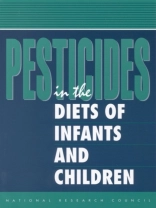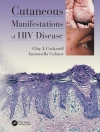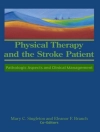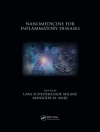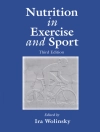Many of the pesticides applied to food crops in this country are present in foods and may pose risks to human health. Current regulations are intended to protect the health of the general population by controlling pesticide use. This book explores whether the present regulatory approaches adequately protect infants and children, who may differ from adults in susceptibility and in dietary exposures to pesticide residues.The committee focuses on four major areas: Susceptibility: Are children more susceptible or less susceptible than adults to the effects of dietary exposure to pesticides? Exposure: What foods do infants and children eat, and which pesticides and how much of them are present in those foods? Is the current information on consumption and residues adequate to estimate exposure? Toxicity: Are toxicity tests in laboratory animals adequate to predict toxicity in human infants and children? Do the extent and type of toxicity of some chemicals vary by species and by age? Assessing risk: How is dietary exposure to pesticide residues associated with response? How can laboratory data on lifetime exposures of animals be used to derive meaningful estimates of risk to children? Does risk accumulate more rapidly during the early years of life?This book will be of interest to policymakers, administrators of research in the public and private sectors, toxicologists, pediatricians and other health professionals, and the pesticide industry.
Commission on Life Sciences & Committee on Pesticides in the Diets of Infants and Children
Pesticides in the Diets of Infants and Children [PDF ebook]
Pesticides in the Diets of Infants and Children [PDF ebook]
Cumpărați această carte electronică și primiți încă 1 GRATUIT!
Limba Engleză ● Format PDF ● Pagini 408 ● ISBN 9780309585354 ● Editura National Academies Press ● Publicat 1993 ● Descărcabil 3 ori ● Valută EUR ● ID 7147482 ● Protecție împotriva copiilor Adobe DRM
Necesită un cititor de ebook capabil de DRM
